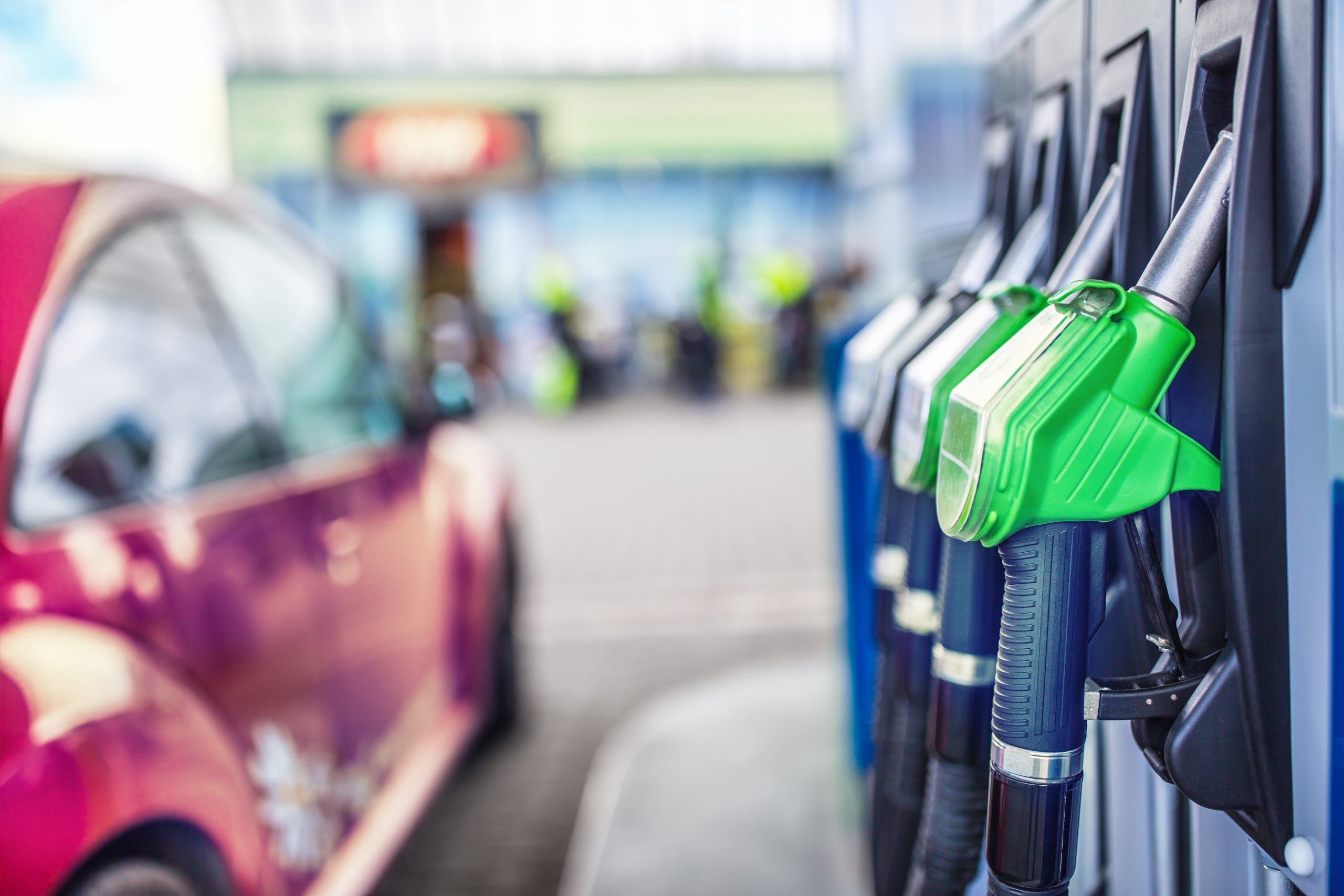Household Bills
Record high pump prices: How to keep costs down

Pump prices have skyrocketed in recent weeks and many people are already struggling with the cost-of-living crisis. Here are some ways to help cut the cost of filling up your tank.
Consumer Champion Which? has come up with 10 ways to save money when filling up and how to drive costs down when you’re on the road:
1) Fill up at the supermarket
Branded fuel from petrol stations is often more expensive than at supermarket stations. Typically, petrol at supermarket pumps is a few pence cheaper per litre. Petrol is also generally cheaper in towns and cities than in rural locations.
Many supermarkets also offer loyalty cards. Drivers can collect points every time they fill up, which can be exchanged later for cashback or discounts later on. For motorists buying fuel from the same supermarket where they shop for groceries, signing up to a loyalty scheme could save money.
2) Avoid premium unleaded petrol
While there’s no harm in using super unleaded, there’s usually no benefit either, unless you drive a high-performance car that specifically requires it.
3) Drive smoothly
Driving style can have an impact on fuel consumption. Try to accelerate smoothly while avoiding harsh throttle inputs or slamming on the brakes unnecessarily. Skipping gears when changing (i.e. switching directly from 1st – 3rd gear) can also reduce fuel consumption.
4) Stick to the speed limit
Driving at higher speeds leads to higher fuel consumption. The Department for Transport (DfT) found driving on the motorway at 80mph uses around 25% more fuel than driving at 70mph, while travelling at 70mph instead of 60mph in an open speed limit zone will use 9% more fuel and an additional 5% more than driving at 50mph.
5) Empty boot and close windows to reduce drag
Driving a heavy car automatically increases fuel consumption, as the engine needs to work to get up to speed. Removing any heavy equipment, such as roof and bike racks will also improve efficiency and prevent drag. Driving with open windows also causes significant drag, so keeping them closed will prevent this.
6) Don’t warm up your engine
If your car is iced over, you may be tempted to leave it running to warm it up. But starting the engine and driving immediately will actually heat the engine faster, reduces engine wear and uses less fuel.
Use an ice scraper or de-icing spray if your car is iced over – which saves fuel by not relying on the car’s heating.
7) Turn equipment off
Air conditioning, demisters, headlights and rear windscreen heaters are big energy-sapping items in most modern cars. Try to use them only when necessary.
8) Use a sat nav
It’s important to plan routes in advance of driving, to prevent wasting fuel by going the wrong way. Using a phone or sat nat device is the best way to see the quickest route. Most up-to-date navigation apps can also show drivers the most economical routes and avoid fuel-sapping traffic jams.
9) Keep car and tyres well-maintained
Which? recommends drivers keep their cars in good condition. It’s also worth keeping an eye on tyre pressure. Under-inflated tyres and misaligned wheels will drag down a car’s fuel economy and can be costly to repair. Making sure cars are serviced on schedule can help drivers avoid hefty bills further down the line, plus newly serviced cars with fresh oil and clean filters run more efficiently.
10) Need a new car? Consider going electric
While it’s not an option for everyone, those looking for a new car can reduce running costs by making the switch to an electric vehicle (EV). If you can charge at home and switch to a competitive tariff, becoming an EV motorist could save you money.
Natalie Hitchins, Which? head of home products and services, said: “Soaring fuel prices will be a real concern for millions of people who rely on a vehicle and may already be feeling the impact of the cost of living crisis. However, there are steps that drivers can take to lower their fuel consumption and spend less at the pump.
“The best prices are often found at supermarket forecourts and, when filling up, remember that most cars get little benefit from expensive premium unleaded petrol. Other ways to keep fuel consumption low include driving smoothly, changing gears early to avoid revving the engine, sticking to a lower speed, turning off fuel-sapping equipment and emptying your boot before a journey. ”